Your lawn is lovely and green, except for a large spot of brown grass that you can’t seem to eliminate no matter how much you mow your grass or water.
It’s frustrating because it feels like it’s appeared out of the blue, but it does have a cause and solution.
What’s causing the grass to have brown patches?
This can be as a result of fungi that are attacking the grass. These fungal patches tend to strike during the hotter months.
Luckily, there are easy ways to treat and eliminate the fungus so that your lawn can go back to looking beautiful and being healthy.
Here are some tips to follow.
Table of Contents
What Fungus Causes These Brown Patches In Grass?
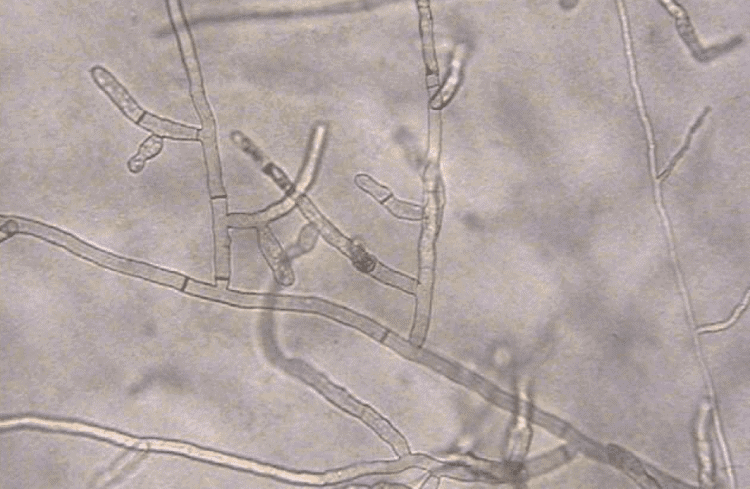
Before we can start treating the brown patches caused by a fungus, we need to know what type of fungus is actually the culprit.
There are millions of fungi species, after all!
But, a fungus that’s known as Rhizoctonia is what’s causing those brown patches to occur on your lawn.
This type of fungus tends to strike when the temperatures are really hot and humid.
This fungus is quite sneaky because it manages to survive in the thatch of grass during the colder temperatures in winter, and then it penetrates the grass’s leaf tissues through cuts that are caused to the grass, such as when it gets mowed.
Your grass might not immediately show signs of fungal infection until the temperature gets hot and then you’ll be able to see the symptoms start to appear.
Rhizoctonia is said to target lawns, but it can also affect plants.
If you see any black or brown spots at the base of the plant stems near the soil line, then it has been infected with this fungus.
If left untreated, these marks can grow and the fungus will end up obstructing the plant’s uptake of nutrients and water from the soil, leaving it to die.
You can also spot Rhizoctonia on fruit plants, and if their leaves or fruit are close to the soil where they often get splashed with water, such as during watering sessions, this can cause the fungus to form and spread, Greenhouse Grower explains.
The problem with these brown fungal patches in your grass is that they spread really quickly.
What makes them a bit tricky at times is that you might not know how to differentiate these brown patches from other brown patches on your lawn.
Here are some ways to do so.
Know What Brown Fungus Looks Like
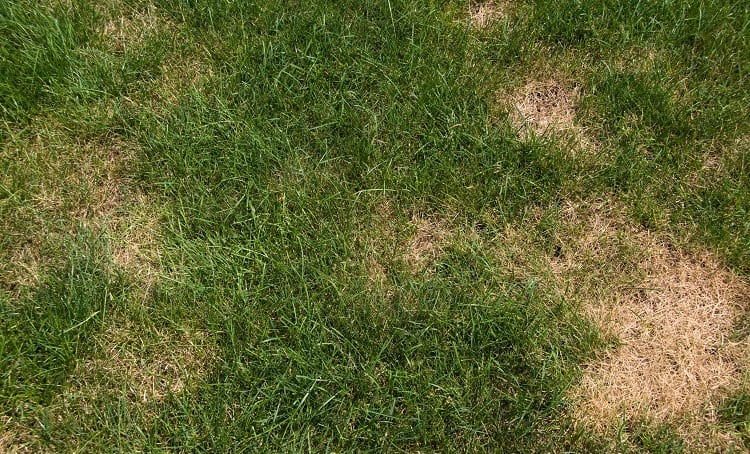
You can spot Rhizoctonia fungus by how it creates round areas of brown that show up on your lawn.
You might also notice dead grass inside this circle and a dark ring that creates a border around it.
These brown circles quickly expand – alarmingly, they can get up to several feet in size, so you want to treat them quickly to prevent them from striking larger parts of your garden.
It’s important to note that Rhizoctonia fungus doesn’t spread by spores.
It is spread by water or wind that moves soil particles that it has infected.
It can also be spread quite easily by you if you work on your garden and get some of the infected soil on your hands, as Greenhouse Grower reports.
Bear in mind that brown fungus as it’s called actually refers to a variety of different fungal diseases.
So, while you might notice the above-mentioned signs that you’ve got brown fungus on your hands, there are other symptoms to look out for that signal your lawn has a fungal infection.
These include brown streaks in your lawn, spots on grass blades, discoloration, or powdery blotches.
Why Does Fungus Attack Your Grass?
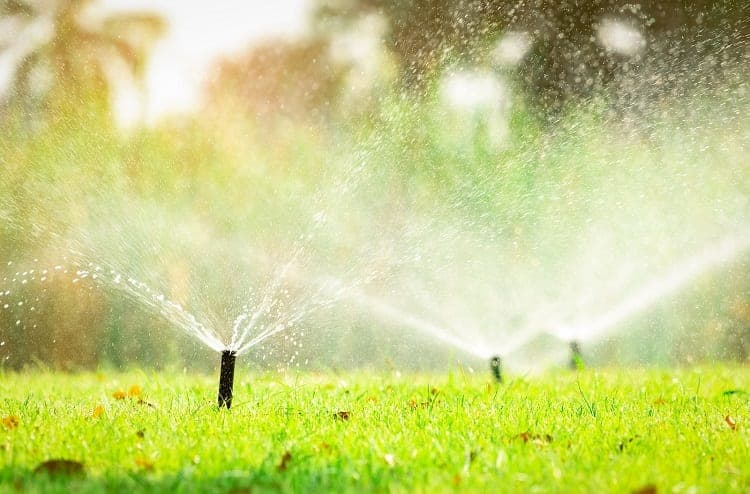
There are many different reasons why fungus might be entering your grass and making it turn brown.
These include some watering mistakes you might be making.
- You don’t water your grass enough. You should aim for half an hour of deep watering once a week, and stick to this standard for your lawn unless there’s a large amount of rainfall. It’s not enough to give your lawn a light sprinkle of water weekly – aim for about an inch worth of water so that it gets enough. Remember, a healthy lawn is one that can ward off illness, such as fungus.
- You’re overwatering your lawn. On the other hand, watering the lawn too much is also unhealthy as it can make the grass vulnerable to fungal infections. Watering your garden early in the evening is a common faux pas, although many people do this and think it’s good because it prevents the water from evaporating during hotter temperatures. But, the reason why this should be avoided is that the water stays in the grass all night long. This creates the perfect wet conditions that fungus needs to grow.
Other causes of grass fungus include applying too much fertilizer to the lawn, or big changes in temperature as well as humidity.
Can Grass Fungus Go Away On Its Own?
Interestingly, sometimes brown fungus that attacks the grass can dissipate on its own without any intervention on your part.
This is because it targets the grass blades but not its roots or crown, as The Spruce explains.
However, it is quite unsightly so you can’t be blamed for wanting to nip it in the bud ASAP.
When Should You Treat Brown Patch?

So, based on how fungus tends to disappear on its own, you might be wondering when you should go ahead and treat it.
The truth is, if you see that it’s not going away on its own, then it’s best to move in for the kill before it starts to spread.
Brown patch can cause damage to grass types such as perennial ryegrass and tall fescue.
It makes the grass grow in an unhealthy way because of how the fungus is consuming it.
In addition to the damage it can cause, the brown fungus can be a sore thumb when you look at your otherwise beautiful garden, which is why you don’t have to wait for it to go away on its own.
However, since it will tend to disappear in the same way that it came, you don’t have to resort to products such as chemical fungicides to send it packing.
It’s actually better to avoid these products altogether, as they can be damaging to your health as well as the environment.
As the U.S. Fish and Wildlife Service reports, these chemicals can actually stay active in the environment for long periods of time during which they harm the water and soil.
How To Treat Lawn Fungus
You can try other tips to eliminate brown fungus from your lawn.
There are some effective ways to treat lawn fungus and they don’t have to put the environment at risk.
Here are some to consider if you find yourself with a fungus problem on your hands.
Switch To An Organic Fertilizer
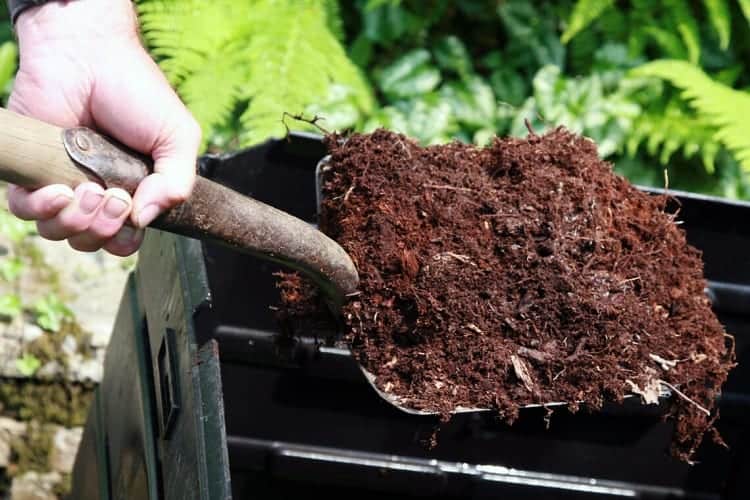
Using too much fertilizer on your lawn can encourage fungus to grow, but not using enough can also make it easier for fungus to target your lawn.
A good way to treat fungus is to switch to an organic fertilizer that’s of the slow-release variety.
If you use a chemical fertilizer that has a lot of nitrogen to speed up your lawn’s growth, this can have the adverse effect of making it prone to disease, so an organic fertilizer is a better choice.
It will slowly but steadily nourish your lawn so that it can fight off disease.
Water Your Lawn In The Mornings
While you should stick to a schedule of watering your grass once a week for about half an hour at a time, make sure you do this in the early morning to give the water a chance to get evaporated instead of keeping the grass damp which can encourage fungus.
Stop Cutting Your Lawn Too Short
If you cut your grass too short, then this puts stress on it and can make it more vulnerable to fungus.
Make sure you always leave about three inches of grass height, although the height that’s right for your specific lawn grass will vary.
You can learn more about different grasses and their requirements in “Eight Different Types Of Grasses.”
It’s also important to ensure that your mower’s blade is sharp.
If it’s blunt, this can tear off grass instead of cutting it, leaving ragged grass that’s much more prone to getting fungal infections as well as other diseases.
Always make sure the blade has been sharpened in spring before lawn mowing starts, but if you use your mower regularly or you have a large garden you should check the blade regularly.
Make Your Own Fungicide
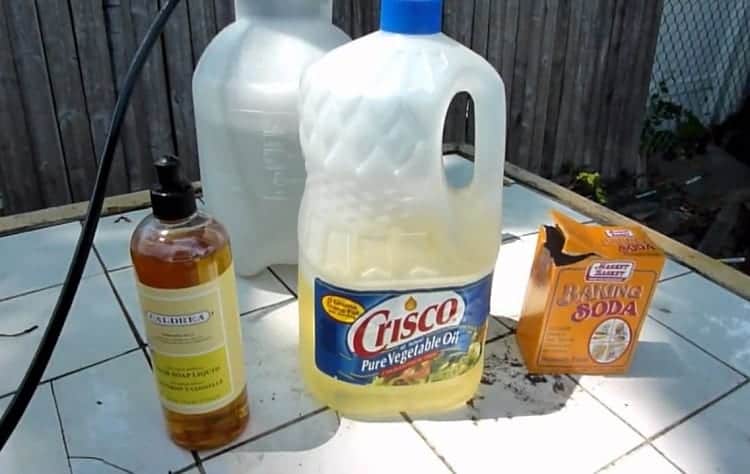
If you want to avoid using chemical fungicides in your garden, you can make your own natural fungicide at home.
You’ll need to mix together one tablespoon of the following ingredients: baking soda, liquid dish soap, and vegetable oil.
Mix these together well and then add them to a gallon (3.7 liters) of water. Put the solution in a spray bottle.
Then, spray this solution all over your lawn.
You should keep shaking the bottle well while you spray your lawn to ensure that all the ingredients mix together.
One gallon of water will be enough to cover 1,000 square feet of lawn, as Hunker reports.
Boost The Lawn’s Air Circulation
Fungus loves to strike in areas of the garden where there isn’t a lot of air circulation and where it’s wet, so that spot under the trees where it’s shady could be a hotspot for it.
To improve air circulation over your lawn, you want to cut back thick trees to eliminate too much shade, and if you’re planting grass in the shade of trees make sure you choose a grass that can grow in the shade.
An example is a fine fescue that can tolerate shade quite well.
The extra benefit of choosing such grasses is that it prevents you from having to cut back your trees to enable enough sun to reach the grass.
You should also improve air circulation in the soil so that enough water, nutrients, and oxygen can reach the grassroots.
You can improve the air circulation of your soil by removing thatch – decomposing matter – that forms in your grass.
If there’s too much of this brown matter, this can prevent the soil from getting enough of those essential nutrients, oxygen, and water it needs.
Pull up some soil and grass to see how much of a brown layer it has – this is the thatch.
If it’s got a large amount, then it needs to be pulled out with a dethatching tool.
The good thing about removing thatch is that it allows greater amounts of nutrients, oxygen, and water to reach plants instead of obstructing them.
Don’t Let The Fungus Spread!
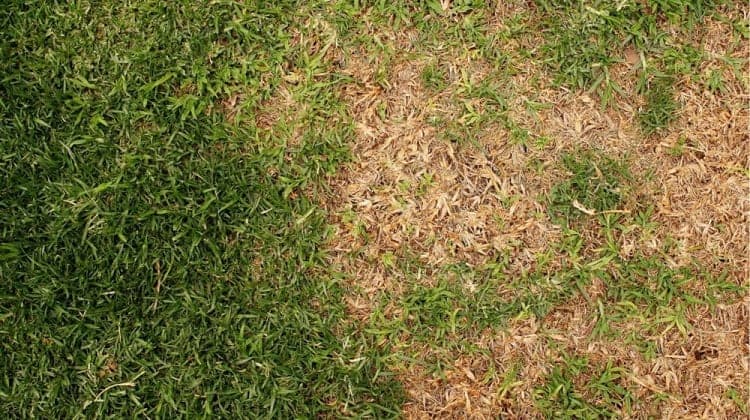
It’s really easy for grass fungus to move from one area of your lawn to another so you want to ensure that you’re not causing this to happen, such as by leaving grass clippings from the affected area on the lawn after mowing.
This should especially be avoided when the weather is warm and humid.
What Types Of Grass Are More Prone To Brown Fungus?
Rhizoctonia can actually be a problem that all cool-season lawn grasses experience, but if you have tall fescue or ryegrass in your garden these are even more susceptible to its negative effects.
For other types of grass, such as fine fescue and Kentucky bluegrass, these might experience damage but it’s nothing too bad.
When it comes to warm-season grass, like St. Augustine and Zoysia grass, these can also be affected by the brown fungus, so it’s quite a common hazard.
Will Garden Fungus Die In The Winter?
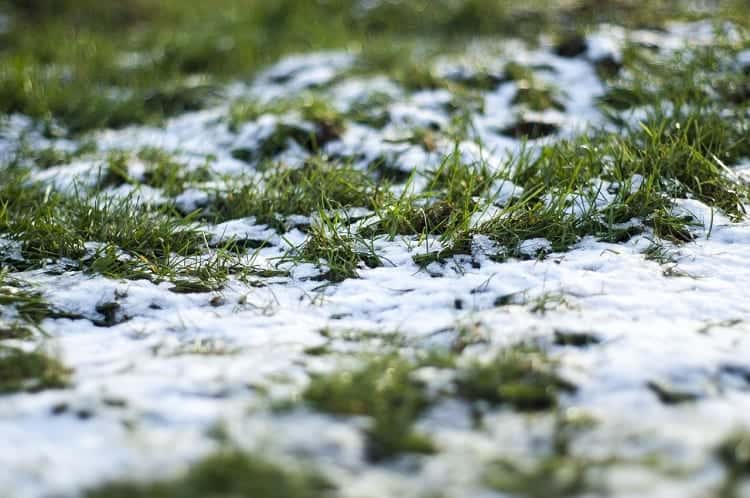
Although you would think that the freezing cold temperatures would kill off the fungus, this isn’t always the case.
This is because of how the ice can melt and cause dampness on the ground.
A good tip is to dry out your grass in the early spring to kill the fungus. You can dry out your lawn in the following ways:
- Mow your lawn when it is perfectly dry so that you prevent the spread of fungal spores. In the case of brown patch fungus that isn’t spread by spores, you should still mow the lawn when it is dry to prevent infected soil particles from spreading to other parts of your garden.
- Remove thatch which can trap moisture in the ground.
- Maintain a healthy soil pH level. If the soil is too alkaline or acidic, these can cause problems – including fungus – that will attack the lawn. This is especially the case when it comes to a lawn that has a low pH – a pH of less than 6.0 could make brown patch even more severe.
Pro tip: Test your soil pH during a fungal infection so you can see what level it has and then correct it with the use of lime to boost the pH or sulfur to lower it, SF Gate reports.
There are other types of fungus that can attack during the winter so it’s worth bearing these in mind.
As Green Industry Pros reports, after two months of regular snow cover on your grass, this is the perfect situation for mold such as gray snow mold to thrive.
This mold can be spotted by how it creates small round brown patches on the lawn.
Related Questions
How can you treat snow mold?
Let the lawn dry out by raking it to loosen the thatch and grass bundles that can be contributing to a moist environment. You might also have to overseed the grass if the mold has caused it to become dormant or die. You can learn more about overseeding in this article, “Guide To Lawn Overseeding.”
What causes other types of grass brown patch to appear?
There are various culprits, such as mowing the grass with a dull blade that tears the grass, as well as chemicals that end up spilling onto the grass. These include herbicides, fertilizers, pesticides, as well as gasoline which spills when you refill your lawnmower.
Conclusion
Brown patch disease is an unsightly infection attacking your lawn that’s caused by fungus.
Although it spreads quickly and you’ve probably been advised to use a synthetic fungicide to treat it, there are ways you can eliminate it.
In this article, we’ve outlined some of those strategies as well as featured how to protect your grass and prevent the fungus from occurring in the future.
Last Updated on August 22, 2022 by Gustaf Johansson




